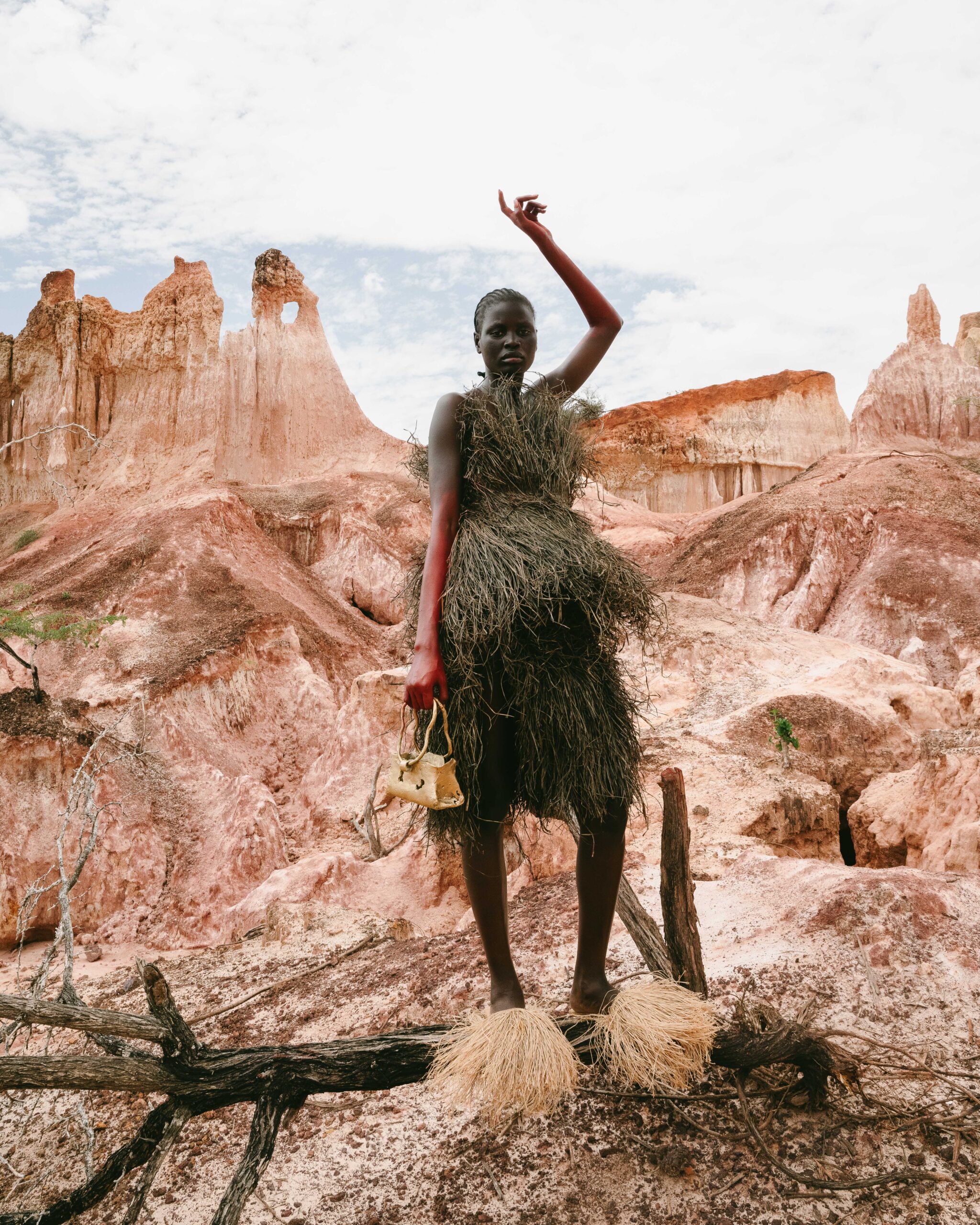
In 1993, Hussein Chalayan, then a fashion student at Central Saint Martins, buried a pile of flutter-sleeve dresses, vests, and maxi skirts under a heap of iron filings and soil in his friend’s London garden. Six weeks later, he exhumed them. Stained with rich shades of rust and ochre, the collection was soon scooped up in its entirety by luxury department store Browns. The decaying garments were an instant hit, a (not so) subtle nod to the ephemeral nature of every fashion cycle. It was a high-fashion statement on a simple truth: Sometimes, it’s fun to get dirty.
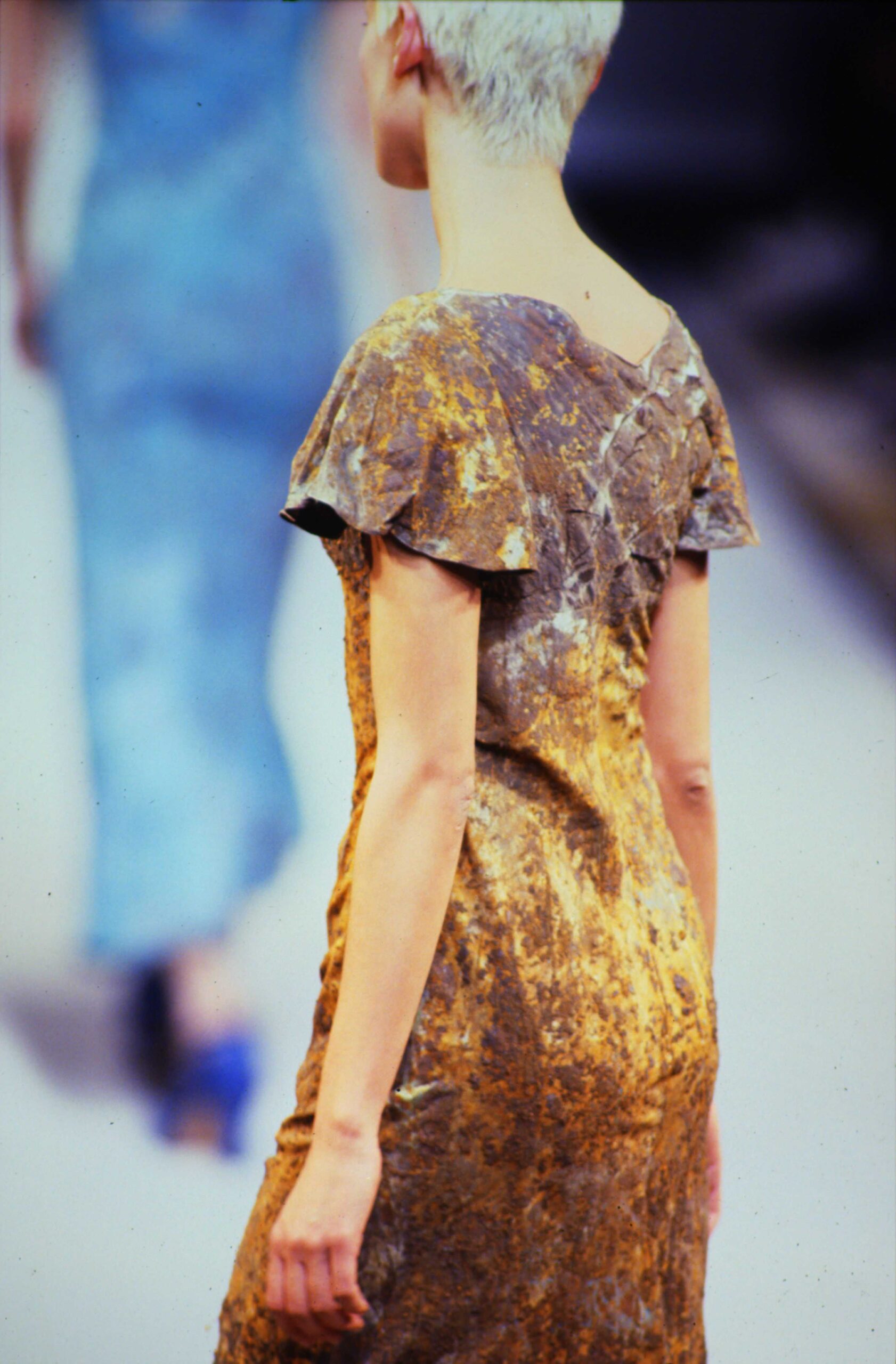
A new show opening Sept. 25 at the Barbican, “Dirty Looks: Desire and Decay in Fashion,” unearths the manifold ways the industry has harnessed rot and rebirth, from the transgressive tears of Vivienne Westwood to the moth-bitten knits of Maison Martin Margiela. The first fashion-centric exhibition at the London institution in nearly a decade, “Dirty Looks” re-centers the museum’s commitment to fashion as a visual medium and features garments from over 60 disruptive houses, including gunpowder-speck-led pleats from Issey Miyake, crumpled denim from Calvin Klein, and wine-stained couture gowns from Robert Wun.
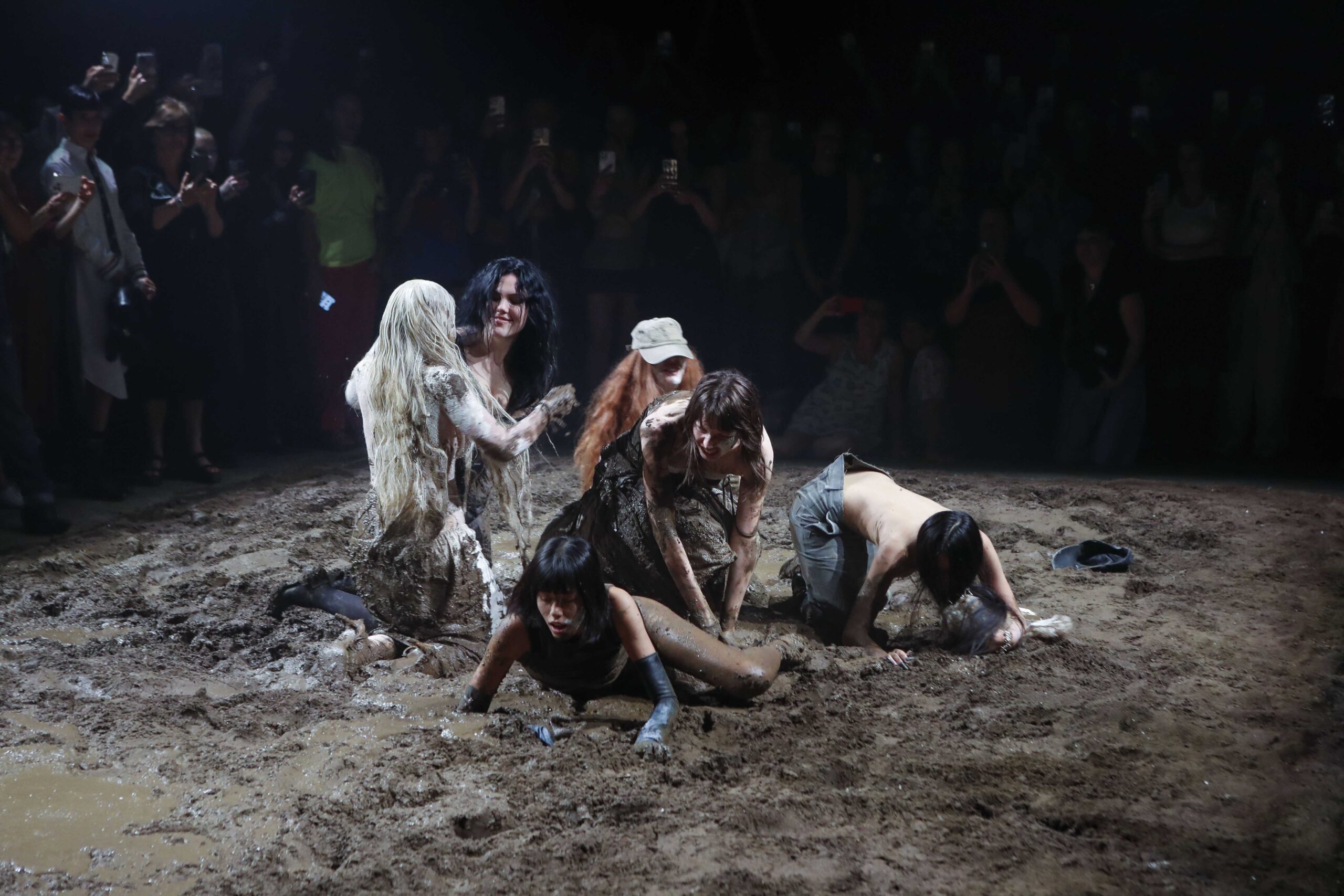
“They are not necessarily anti-fashion, but they expand the horizon of what we call ‘beautiful’ or ‘fashionable,’ and what fashion can be,” says Barbican curator Karen Van Godtsenhoven, who cut her teeth at MoMu, Antwerp’s fashion museum, and the Met’s Costume Institute. The exhibition also sees five young designers, including Elena Velez and Michaela Stark, explore dirty fashion’s regenerative potential in the face of the industry’s rampant waste. “The saying goes ‘cleanliness is next to godliness’ … That still holds for the glossy surfaces of fashion, even though a new generation of designers are breaking up with those ideas,” Van Godtsenhoven concludes. “Embracing our dirty side might be just what’s needed for fashion to get our creative juices flowing again, in a way that doesn’t kill people or the planet.”

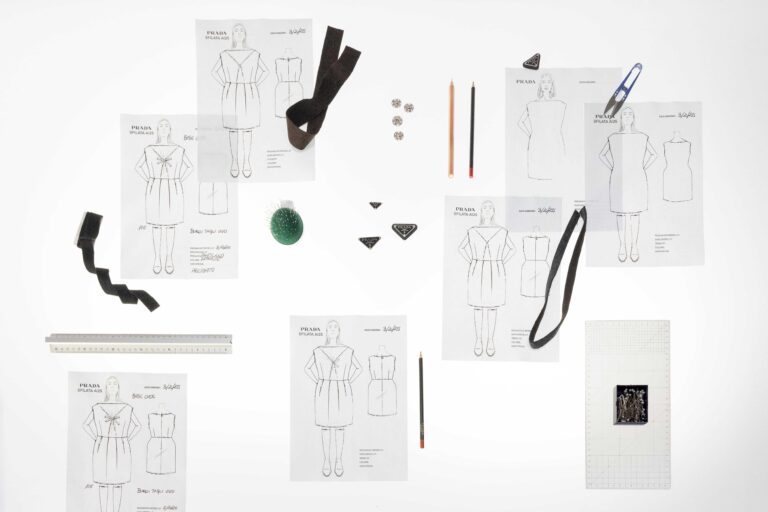
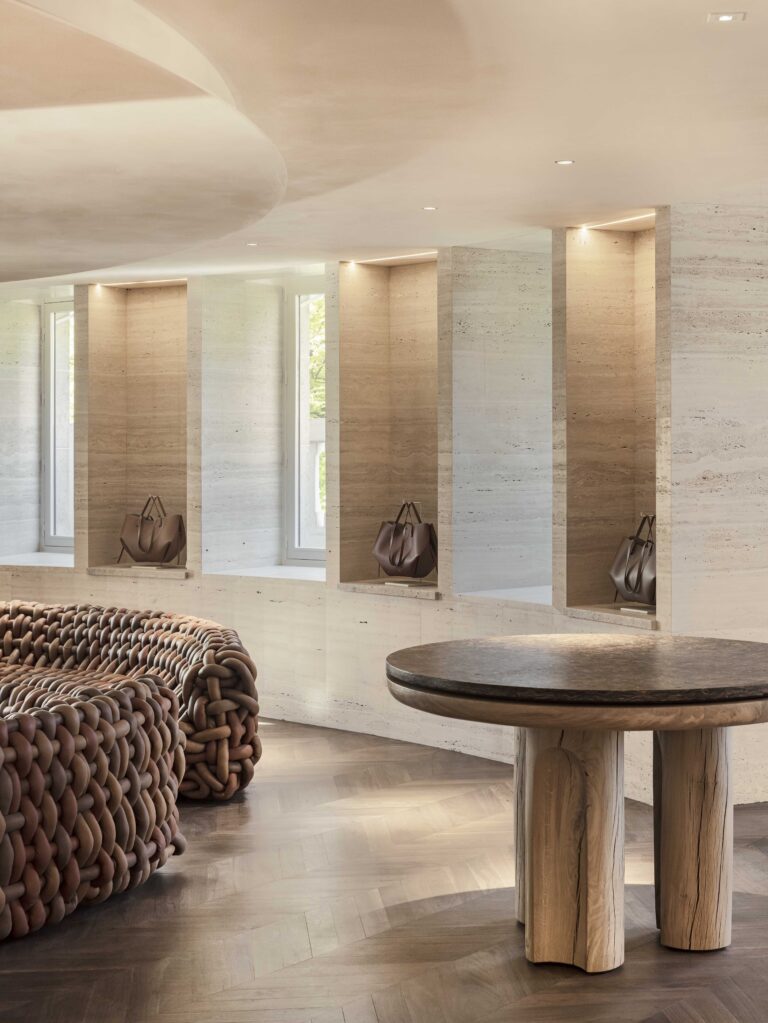
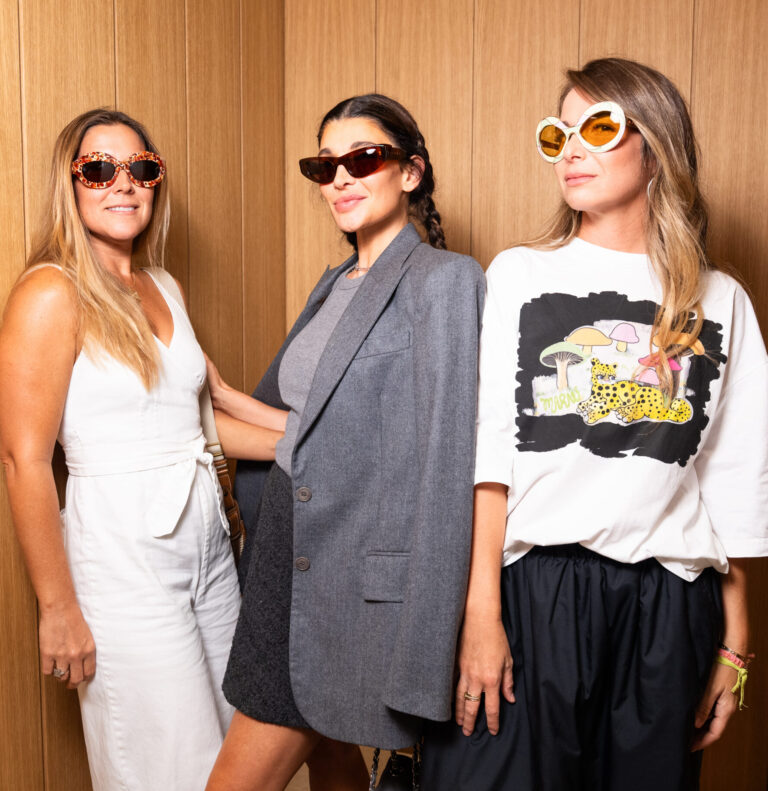
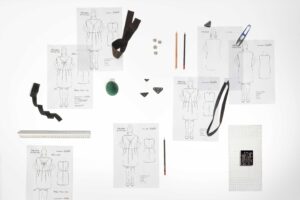

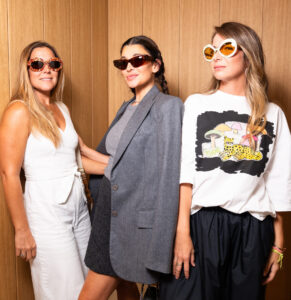



 in your life?
in your life?

